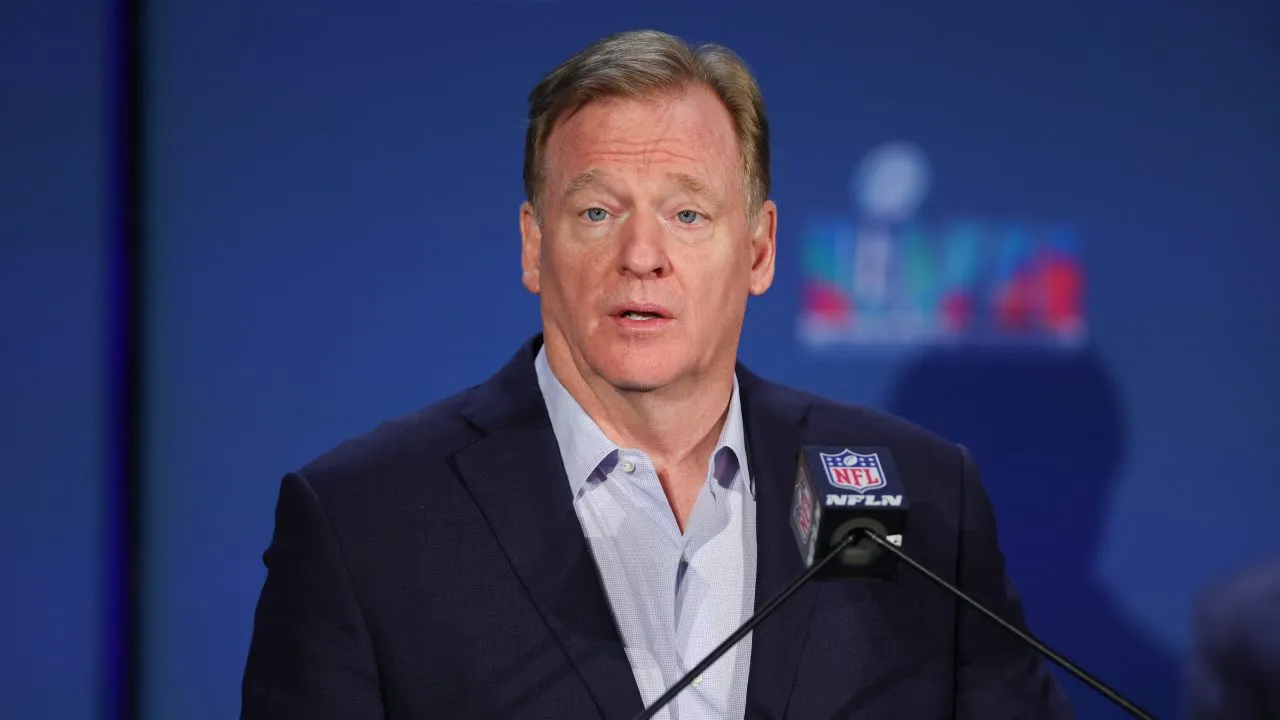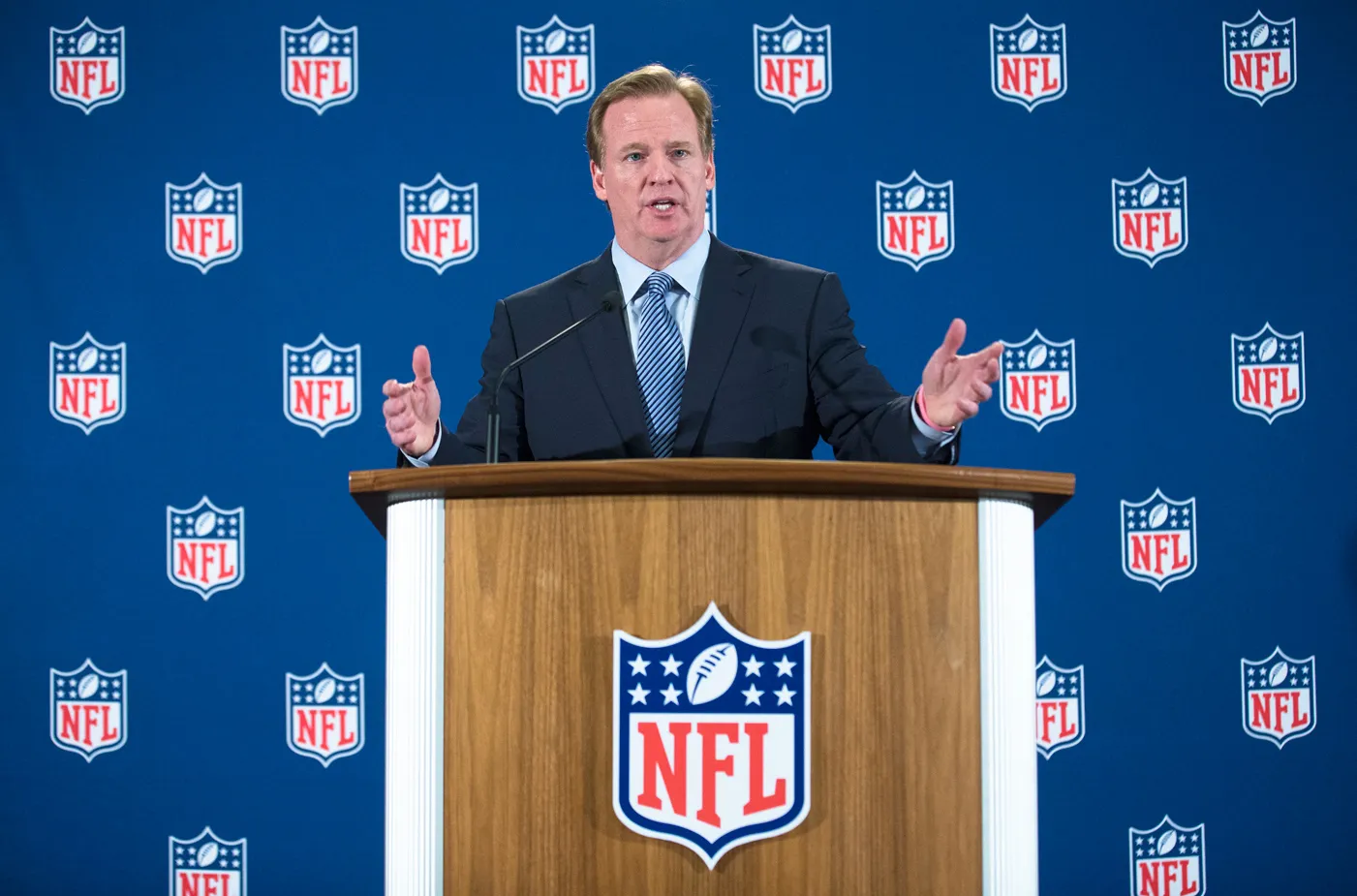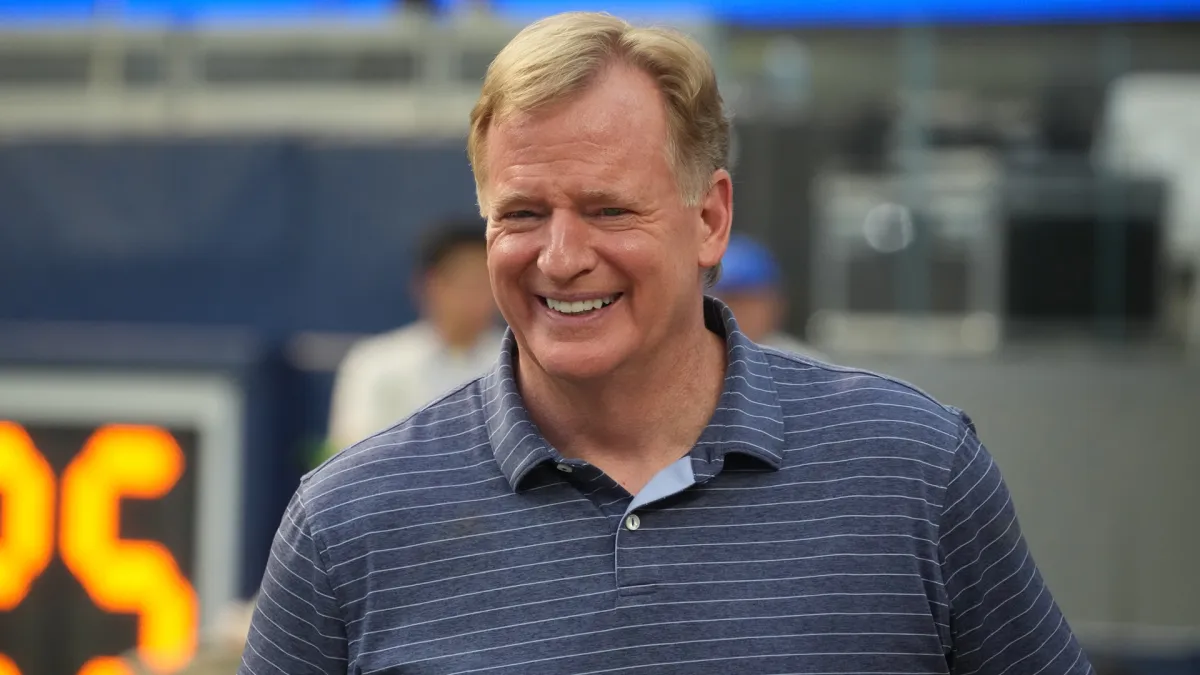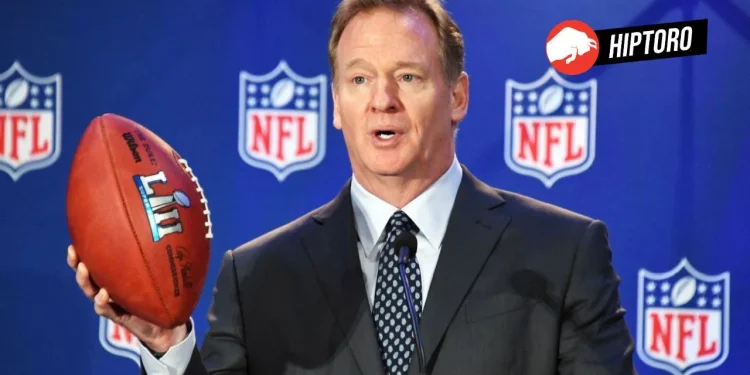On a day marked by decisive action at the annual owner’s meetings, the NFL made headlines not just for its tackle ban, but also for a revelation from the New York Giants President and CEO, John Mara. The announcement that MetLife Stadium would host the World Cup on a grass field in 2026—only to revert to synthetic turf thereafter—has rekindled the longstanding debate between turf and grass in the NFL.
This decision came as a stark reminder of the league’s ongoing struggle to reconcile player safety with operational decisions. Despite over 50 player safety rule changes in the past two decades, ranging from minor adjustments to significant overhauls, the preference for grass fields remains a vocal point of contention among players.

Players Advocate for Grass Fields
The call for grass over turf is not new, yet it has never been more pronounced. In a recent NFLPA poll, an overwhelming 92% of players expressed a preference for playing on natural grass, citing it as a critical safety issue. The push for grass fields has been a recurring theme, with players voicing their concerns repeatedly, hoping for a change that seems to resonate with their well-being on the field.
Figures like JJ Watt and Miami Dolphins’ Jevon Holland have publicly expressed their frustration with the league’s safety measures, using their platforms to highlight the perceived absurdity of recent rule changes. Their comments reflect a broader sentiment within the league, where players are increasingly wary of rule adjustments that seem to sideline their primary safety concerns.

NFL Faces Safety vs. Operations Dilemma
The debate over turf versus grass transcends mere preference; it is a matter deeply rooted in economic considerations and the feasibility of maintaining natural grass fields across various climates and venues. Yet, as highlighted by the swift adaptation for international soccer events, the argument for feasibility falls short when juxtaposed with the league’s financial prowess and logistical capabilities.
The resistance from the league and team owners like Jerry Jones, who showcased a grass field for the CONCACAF Nations League Final, and John Mara’s commitment to grass for the World Cup, underscores a glaring inconsistency in the league’s approach to player safety versus operational and financial priorities.
The NFL has banned the hip-drop tackle but artificial turf fields are still allowed… pic.twitter.com/RgB2ZcccXi
— Carrie (@carrielynnxox) March 25, 2024
NFL Players Advocate for Grass Fields
As the league continues to navigate these tumultuous waters, the collective voice of the players grows louder, signaling a shift towards public pressure tactics. By rallying the support of fans and utilizing their platforms, players are challenging the status quo, aiming to tip the balance in favor of their health and safety.
The battle for grass fields is emblematic of a larger struggle for player rights and safety standards within the NFL, marking a critical juncture in the league’s history.

The sentiment, famously echoed by a world leader about the nature of conflict, resonates deeply within the current climate of the NFL: “It is not even the beginning of the end. But it is, perhaps, the end of the beginning.” This statement encapsulates the burgeoning movement within the league—a movement that, while in its nascent stages, signifies a pivotal shift in the dialogue between the NFL’s governing bodies and its players.
As the league moves forward, the resolution of this turf war will not only dictate the future of NFL playing fields but also reflect the league’s commitment to prioritizing player safety above all. The ongoing debate over turf versus grass is more than a question of preference; it is a testament to the players’ resolve to advocate for their health, a stance that continues to challenge the league’s operational paradigms and economic considerations.

Sources: Yardbarker









